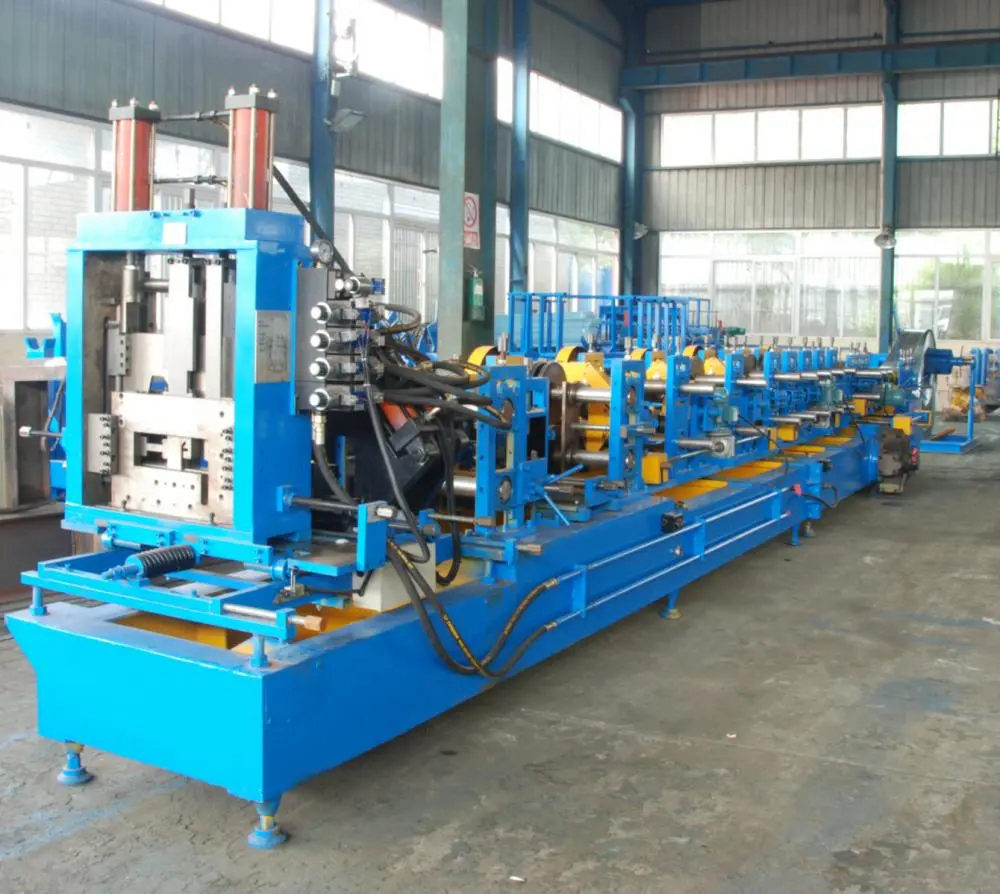
Understanding Metal Slitting Lines A Key to Precision Processing
Metal slitting lines play a crucial role in the metal fabrication industry, providing a precise method for cutting large rolls of metal into thinner strips or sheets. As technology advances, the demand for more efficient and automated slitting processes has surged, leading to innovations in metal slitting lines that enhance productivity and accuracy.
What is a Metal Slitting Line?
A metal slitting line is a specialized machine designed to cut wide coils of metal, such as steel, aluminum, or other alloys, into narrower metal strips. This process begins with the loading of a large coil onto the slitting machine. The coil is unwound and fed through a series of rollers and knives, which slice it into the desired widths. Once slitting is completed, the cut strips are recoiled or stacked for further processing or distribution.
The Process of Metal Slitting
1. Uncoiling The process starts with the uncoiling of the metal roll. An uncoiler holds the coil securely while it is unwound, ensuring a smooth flow of material into the slitting area.
2. Guiding Once uncoiled, the metal strip passes through guiding devices that keep it aligned correctly, preventing any misalignment that could lead to defects.
3. Slitting The heart of the operation is the slitting section, where precision knives cut the metal into strips. These knives are usually made of high-speed steel and are designed to withstand wear, ensuring a clean cut with minimal deformation.
4. Recoiling After slitting, the newly cut strips are wound onto recoiling spools. This process is critical as it maintains the integrity of the strips and prepares them for the next stages of manufacturing.
5. Packaging and Quality Control The final phase involves packaging the slitted metal strips for transportation. Quality control checks are carried out to ensure that the thickness and width of the strips meet the required specifications.
Advantages of Metal Slitting Lines

Metal slitting lines offer several advantages that contribute to their popularity in the industry
- Precision Advanced control systems allow for precise adjustments in cutting widths, ensuring consistent quality across all products.
- Efficiency Automated slitting lines can operate at high speeds, significantly reducing processing times compared to manual methods.
- Flexibility Modern slitting lines can handle a variety of metal types and thicknesses, making them suitable for diverse applications, from automotive parts to construction materials.
- Cost-Effectiveness By maximizing material utilization and minimizing waste, businesses can achieve better profitability.
Future Trends in Metal Slitting Lines
As the industry evolves, several trends are shaping the future of metal slitting lines
- Automation and Robotics More companies are integrating automation and robotic technologies into their slitting lines to enhance operational efficiency and reduce labor costs.
- Smart Manufacturing The advent of Industry 4.0 has introduced smart technologies that enable real-time monitoring and data collection, allowing for predictive maintenance and improved decision-making.
- Sustainability With a growing emphasis on sustainability, manufacturers are exploring eco-friendly practices, including reducing waste by optimizing the slitting process.
In summary, metal slitting lines are essential in the metal processing industry, enabling manufacturers to convert raw materials into usable products with precision and efficiency. As technology continues to advance, these systems will undoubtedly become even more sophisticated, further enhancing their role in modern manufacturing. Whether for automotive, aerospace, or construction applications, understanding metal slitting lines is key to unlocking their potential for quality and efficiency.